This post was originally posted on Friday, August 3, 2012 on HCHM’s previous blog site.
Remembering the Guest House
Some wonderful stories were told. Myrna Krehbiel, Peace Connections director, and Roger Rutschman led the time of story telling. Rutschman’s father, James D, along with Dr. J. Winfield Fretz opened the Guest House in the 1950s.
The Guest House was a place of firsts.
For many, the Guest House was their first job. One lady recalled how she started working at the Guest House at the age of 14 and really disliked wearing the required hairnet. One man, who worked as a manager, recalled how it was a challenge to make sure that hairnets were worn, especially by the teens.
Rutschman was the first in Newton to try the new self service buffet idea at the Guest House. He had seen a self serve buffet at a restaurant in Wichita, and wanted to see if it would work in Newton. When he opened the buffet, the Guest House was one of three restaurants in Kansas that used the self service idea.
This is only a small portion of what was shared at Peace Connections. From the stories shared, it was evident that the Guest House was an important part of the Newton community for many years. Some of the stories will be part of the upcoming exhibit, “The Way We Worked: Serving Harvey County,” which opens September 8.
A big thank you to all that shared, to Myrna Krehbiel, Peace Connections for facilitating, and Roger Rutschman for sharing his memories of his family business.
-

Oh that is a wonderful memory! Gives new meaning to the ‘would you like fries with that’ heard at McDonald’s. Thanks for sharing!
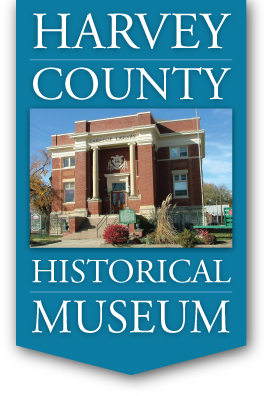
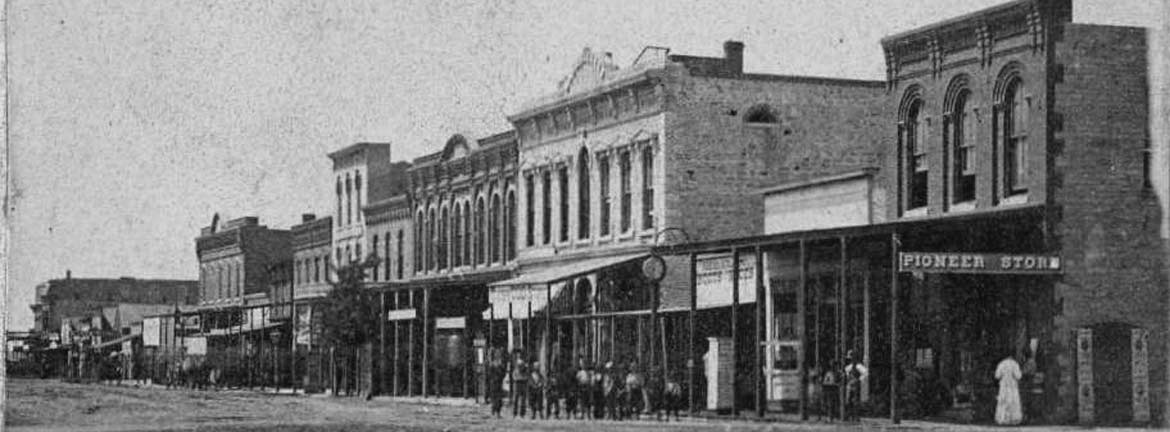

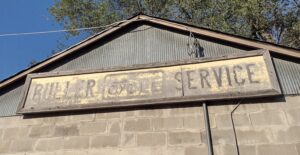
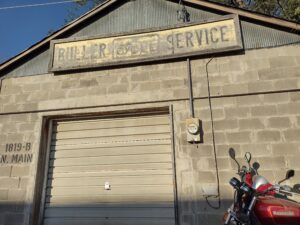

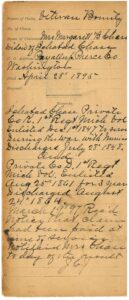
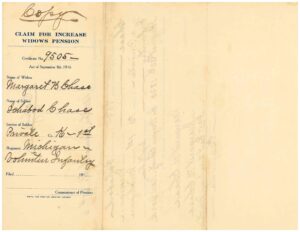
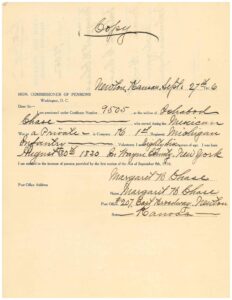
Mr Rutschman sat all us employees down before we opened one day. He had encouraged a Watress to suggest items to customers as a way of increasing sales. “You could sell Strawberries and Ice Cream for breakfast if you just suggest it.” Later she had a customer who said he just didn’t know what he wanted. She suggested Pancakes with IceCream and strawberries. They sold three that day.
Reply